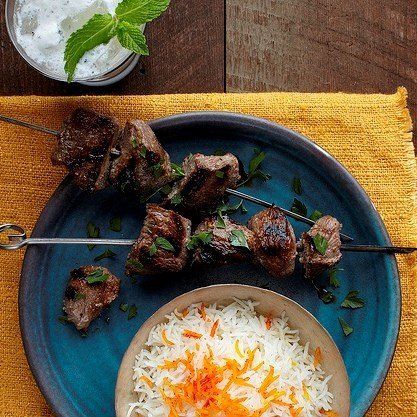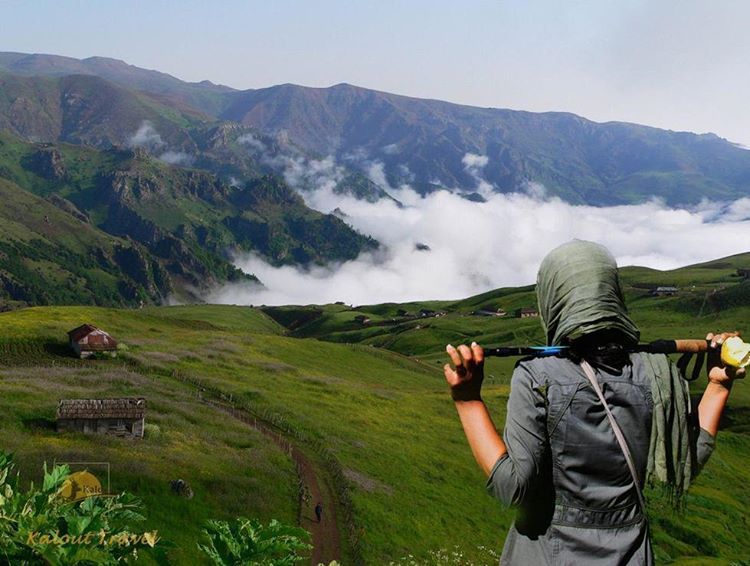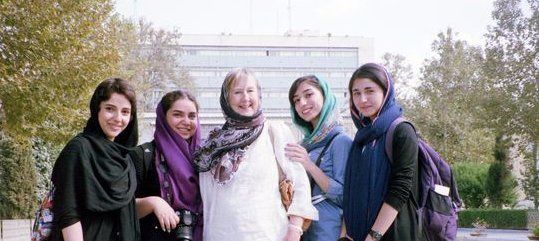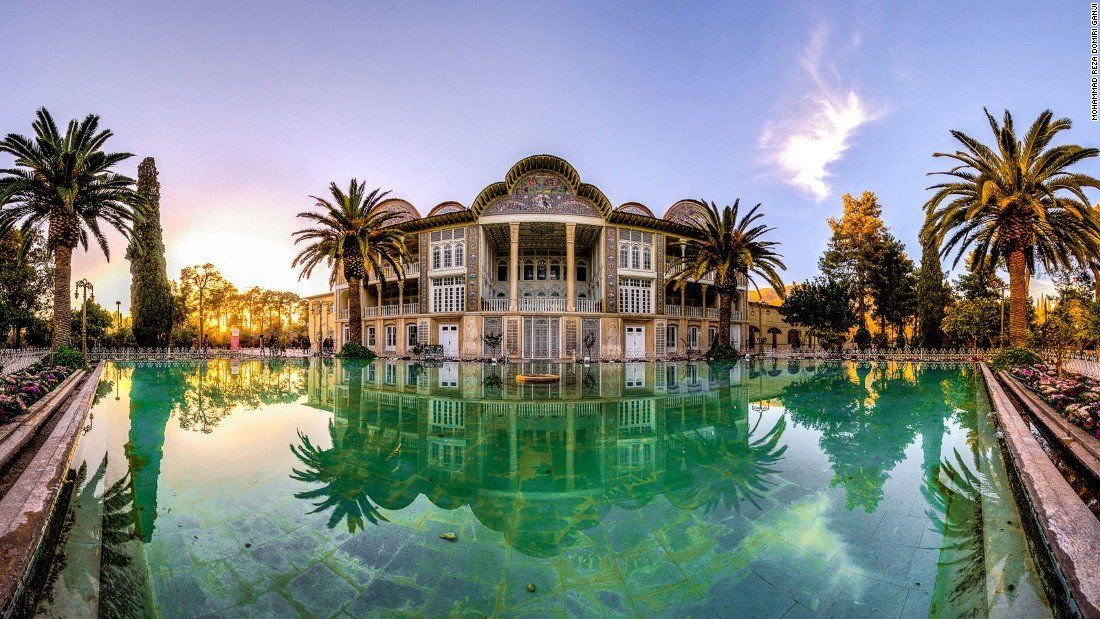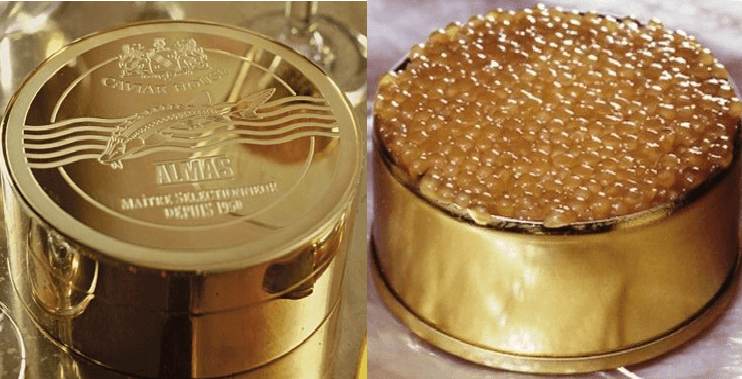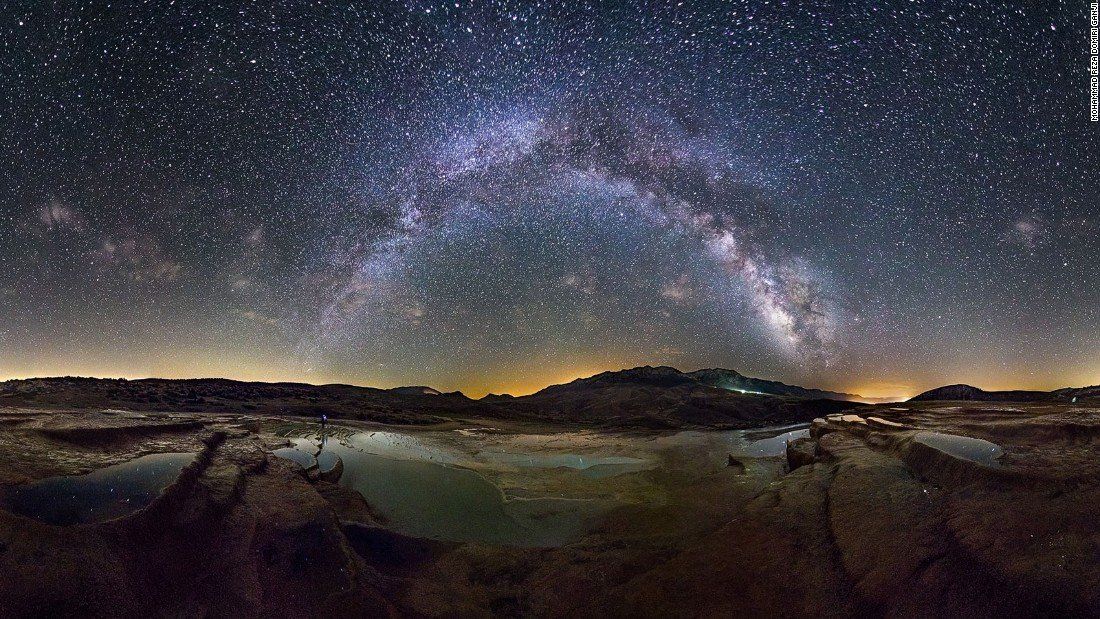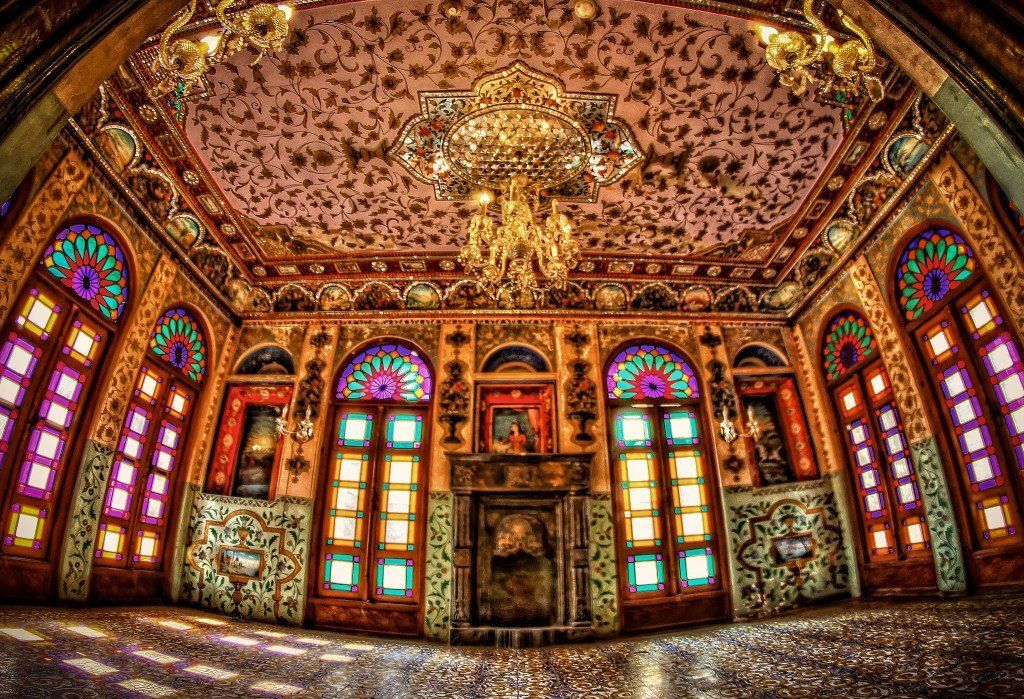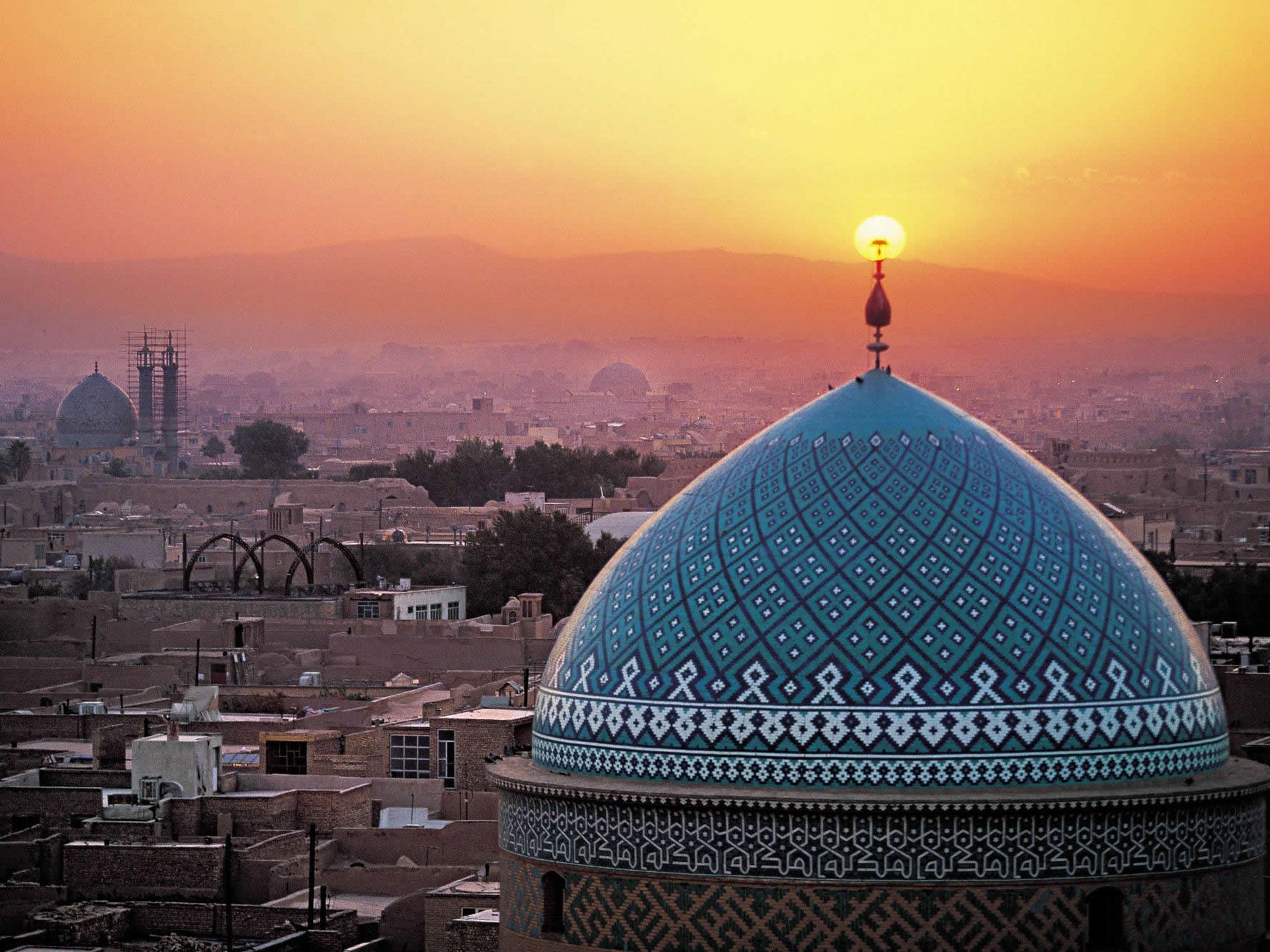Land of mystery and wonder: Eau Claire County retired judge visits Iran
- By Oksana Grishchenko
- •
- 30 Jun, 2016
- •
Coming from the land of ‘Satan,’ a world traveler from Eau Claire finds he is treated well in Iran

It was 1:30 a.m. Dec. 26. Our Turkish Airlines jet was descending to the international airport at Tehran, Iran. How would we be received by a country that personified the United States as Satan?
Many of our friends, when they learned of our intention to travel to Iran, expressed concern for our security and even disapproval. Some said, “Why would you do that?” or “What is there to see?” Upon our return a typical greeting was an expression of relief that we had returned safely.
Nearly all of our fellow passengers on our plane appeared to be of Middle Eastern origin. Only a few of the women wore headscarves, and just two or three wore a veil. As soon as the plane stopped at the gate and the seat belt sign turned off, all the women stood, put on long coats and scarfs covering their hair. It was a wondrous transformation.
As we left the airplane gangway we saw a turbaned cleric watching as we entered the airport proper. I assumed he was there to monitor the dress of the women.
At passport control when the officer noted that we were Americans, we were shunted aside to other officers who attempted to photocopy our passports’ main page. The ancient copy machine did not produce a satisfactory result. We were detained for perhaps 15 minutes. Finally they gave up and allowed us to go to baggage claim.
That was the last of any government involvement in our 13-day New York Times group tour titled “A Tale from Persia.” From that time on we were treated warmly and well. We had no security concerns.

Several times a day when walking alone I would be stopped (always by a man) and asked what country I was from. When I replied “America,” my inquisitor would beam, offer a handshake and say, “Welcome to our country.” Usually a short conversation followed. Never did I encounter any sign of hostility.
Americans have many misconceptions about Iran. Iranians are not Arabs. They speak an Indo-European language (Farsi). English is widely spoken by shopkeepers and others who deal with tourists. Dollars are accepted by most stores and hotels. The literacy rate is high. Poetry is a national interest. Iranians are proud of the fact that they were once an ancient empire (Persia) that included all the Middle East, Egypt, the Balkans and parts of Greece in the sixth and fifth centuries B.C.
In area, Iran is the 18th largest country in the world, 2½ times the size of Texas, with a population of 81 million. It lies between Iraq and Afghanistan and extends from the Caspian Sea on the north, which has a lush tropical climate, to the Persian Gulf on the south. Much of central Iran is a semiarid plateau with vast stretches of land under irrigation. Thirty percent of its land is used for agriculture producing a great variety of fruits and grains.
Iran also is mountainous, having the highest (18,000 feet) peak in the Middle East. We traveled by bus over those rugged mountains, passing through many villages, deep green valleys and mountain passes with ski lifts, sometimes in snow and fog and at other times in brilliant sunshine. This countryside reminded us of Colorado, Utah and New Mexico.
Iran is steeped in history. There are scores of beautiful bas-reliefs of royal processions and ceremonies carved in the granite mountains in the sixth and fifth centuries B.C., plus highly decorated tombs.
The crown jewel of ancient Persia is Persepolis. Built in the sixth and fifth centuries B.C. as a cluster of mammoth ceremonial palaces, one of the wonders of the ancient world, it was burned in 330 B.C. by Alexander the Great, probably as revenge for the Persians’ burning of the Acropolis in Athens. While I had seen many photographs of the present-day ruins, I was unprepared for the immensity of the site and the enormous number of well-preserved bas-relief carvings on the remaining walls and columns.
The immense platform on which the palaces and halls were built is 24 times the area covered by the Haymarket Landing building now under construction in downtown Eau Claire. The 65½-foot high columns of the Xerxes’ Gate Entrance Hall still standing are a foot higher than the six-story Haymarket Landing building.
Initially, Persia, worshipping Zoroastrianism, resisted the incursions of Islam, but eventually converted to the religion. In the 16th and 17th centuries A.D. Persia underwent an Islamic renaissance. As a result Iran has some of the most beautiful Islamic buildings and art in the world. The beauty is found not only in the domes, towers, minarets and curves of the buildings, but in the rich tile work covering facades, walls and ceilings. Many of these highly colorful and ornate mosques, palaces, bazaars and gardens can be found in Isfahan, located in the center of Iran.
The heart of Isfahan is the breathtaking Maydan-i Shah Square (actually a rectangle) flanked on all sides with a two-story beautifully tiled arcade of repetitive arches. At the north side is the large entrance to the bazaar, which is a confusing maze of passages lined with shops. At the south end is the huge Friday Mosque, which in turn has a great prayer dome, smaller domes for prayers during winter, pools and a garden.
Midway on the west side of the square is a tall palace about nine stories high topped by a highly decorated music gallery. Opposite the palace connected by a tunnel is a domed mosque serving just the shah and his harem. It is said to be the most beautiful of all mosques. The square itself is a composition of pools, fountains and gardens.
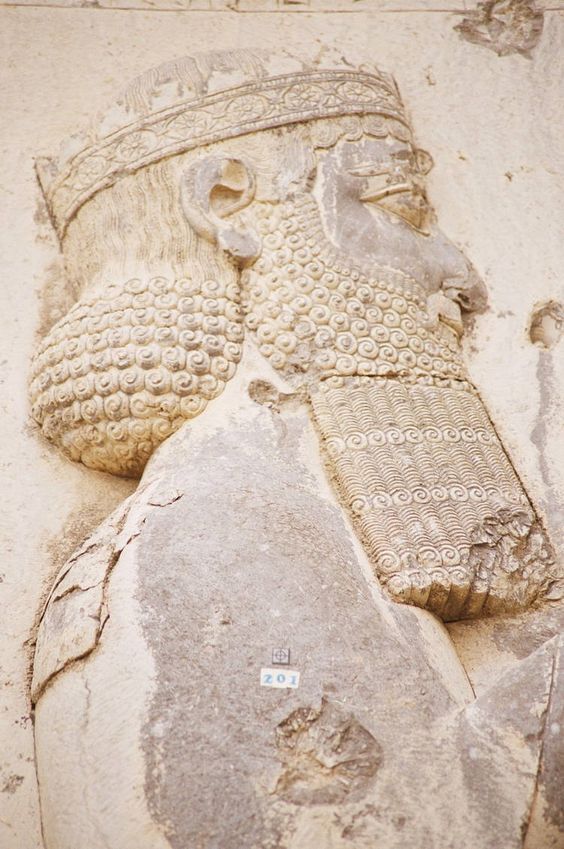
For one who loves shish kebabs, Iran is a paradise. For lunch and dinner we had our choice of beef kebabs, chicken kebabs, fish kebabs, shrimp kebabs and lamb chop kebabs.
After 13 days of this we were “kebabed” to death. But, nearly every city or village where we ate had its own version of a stew or soup. They were without fail delicious.
Bowls of rice accompanied every meal. There were a variety of breads, but the most popular one was a flatbread made in a matter of minutes by shaping it by hand, swirling it in the air onto a paddle that was used to fling it onto the wall of an open mudlike oven and then removing it within a minute or two. Dessert was fruit such as watermelon or tangerinelike oranges.
Tehran, the capital, with a population of more than 7 million, has both a smog and motor vehicle problem. While there are traffic lights, drivers act as if there are no rules. Vehicles are bumper to bumper with motorcycles squeezing through the smallest of gaps between vehicles.
It appeared that the standard for pedestrians to cross such crowded streets was to ignore traffic, step into the road and walk across, depending upon the drivers to avoid hitting you. We never saw a pedestrian struck, but often vehicles stopped within inches of pedestrians.
Tehran, for all its traffic and smog, has places of beauty. There are many large parks and gardens. The shah’s palaces are elaborately decorated and open to the public.
Tehran has an underground contemporary art museum considered one of the four top museums of its kind in the world. Many modern works are on display, but we were told that nudes or any painting that may hint of gay relationships are in storage. It was the last shah’s queen who purchased the collection pieces.
